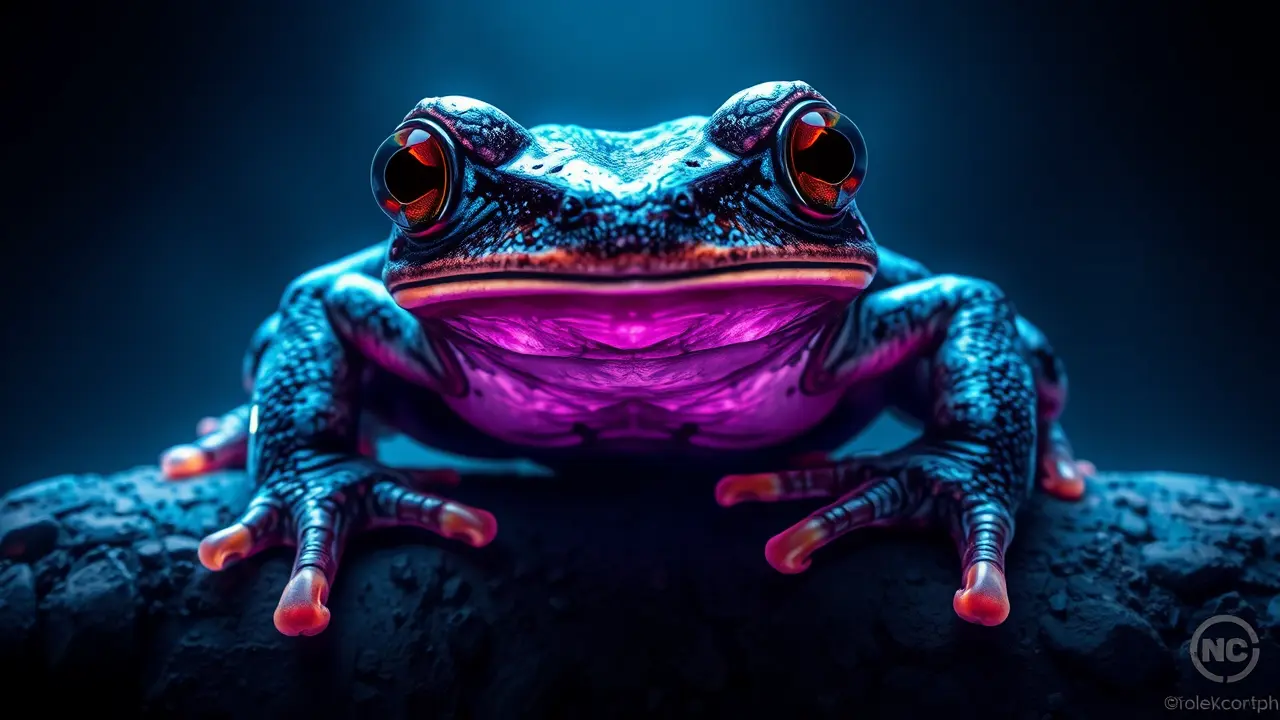African Frog Breaks Its Own Bones to Form Claws
In the grand, brutal theater of evolutionary adaptation, where survival often hinges on the most extreme physiological innovations, the African hairy frog, *Trichobatrachus robustus*, performs a final act of self-mutilation so shocking it seems ripped from a comic book. This amphibian, when threatened, doesn't merely secrete a toxin or puff up its body; it commits a deliberate, controlled act of biomechanical violence, intentionally fracturing the delicate bones in its toes and forcefully projecting these sharpened shards through the skin of its toe pads to form functional, Wolverine-like claws.This isn't a passive, osteoporotic breakage but an active, predatory defense mechanism, a last-resort weapon system that blurs the line between bone and weapon, between internal skeleton and external armament. The mechanism itself is a marvel of biological engineering, relying on a unique collagen connection between the bone's tip and the surrounding tissue; when the frog contracts a specific set of muscles in its foot, it severs this connection, releasing the bony claw from its fleshy sheath.Imagine the evolutionary pressure required to select for such a trait—a world so perilous that breaking your own bones becomes a viable, even advantageous, survival strategy. This places the hairy frog in a rarefied group of animals that weaponize their own skeletons, a club that includes certain lizards who can autotomize their tails with a bony spike, but none that so dramatically turn their internal structure into a piercing, external blade.From a biotechnological perspective, the frog's ability to rapidly protract and then retract these bone-claws, and crucially, to subsequently heal the resulting wounds without catastrophic infection, presents a tantalizing puzzle for regenerative medicine and materials science. What unique antibacterial peptides coat its skin? How does its immune system respond to such a repeated, self-inflicted trauma? The answers could inform next-generation surgical adhesives or novel approaches to managing complex bone fractures in humans.Furthermore, this adaptation forces a re-evaluation of amphibian defensive capabilities, which are often stereotyped as purely chemical or behavioral. It speaks to a deeper, more violent arms race occurring in the rainforests of Central Africa, where predators have driven prey to evolve not just for escape, but for a gruesome, unexpected counter-attack. The hairy frog’s strategy is a stark reminder that evolution is not a gentle optimizer but a ruthless tinkerer, capable of arriving at solutions that are as elegantly functional as they are viscerally horrifying, proving that in the natural world, the most effective defense can sometimes be a deeply personal, and painfully acquired, offense.
JA
Jamie Larson123k2 days ago
wait what that's actually insane tbh evolution is wild smh
0
